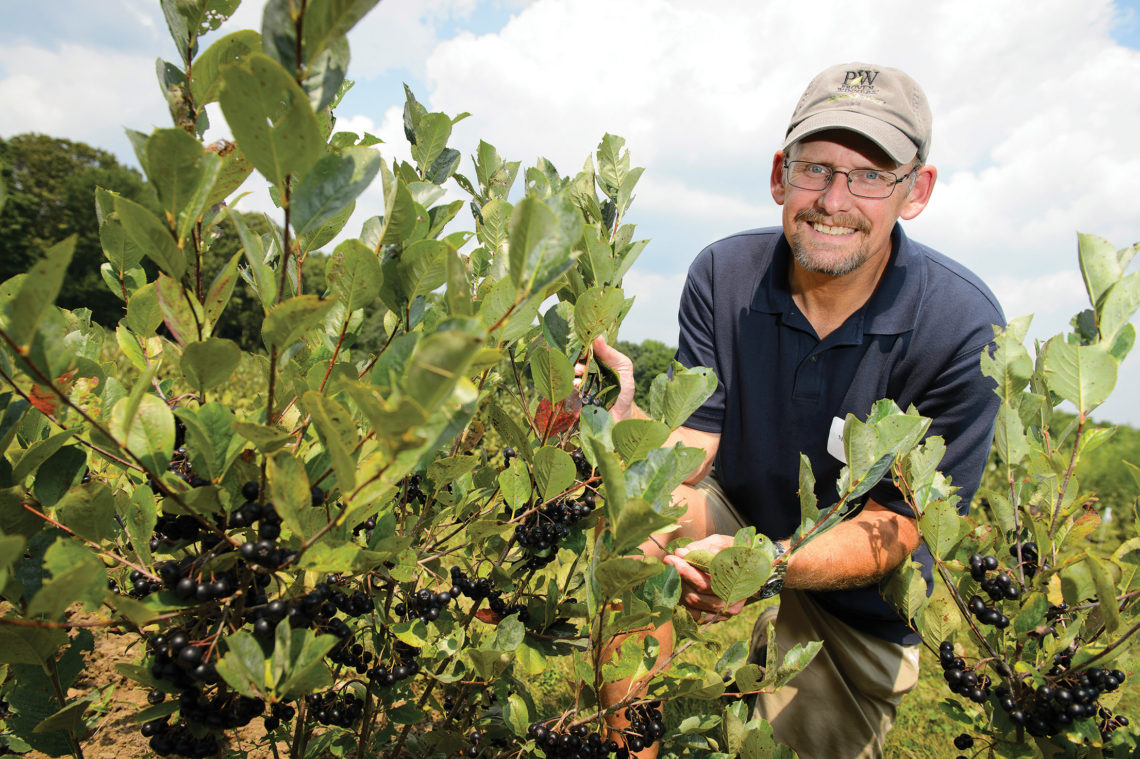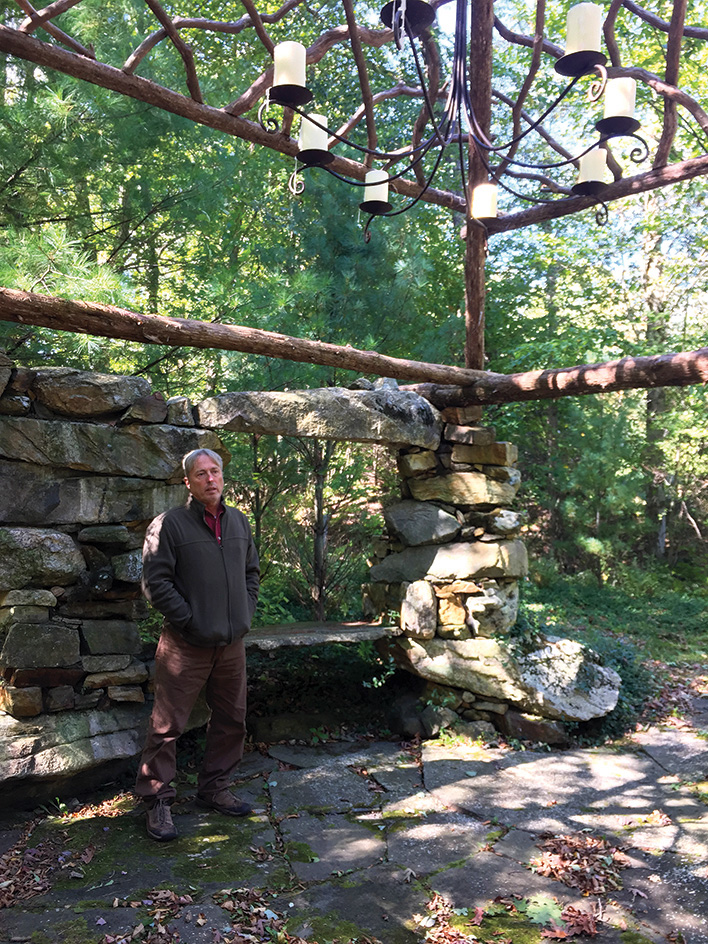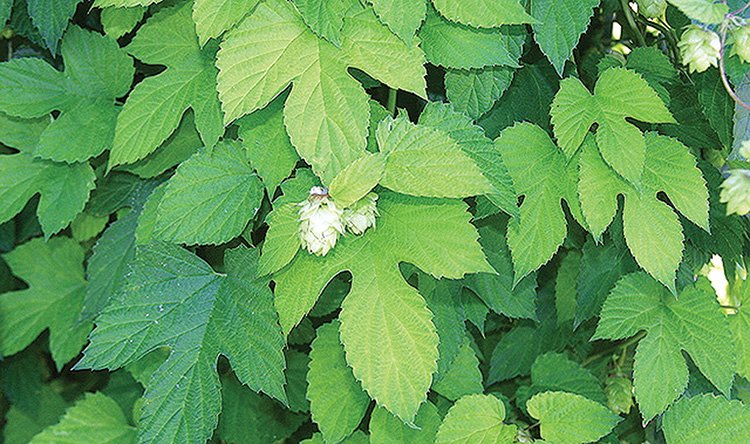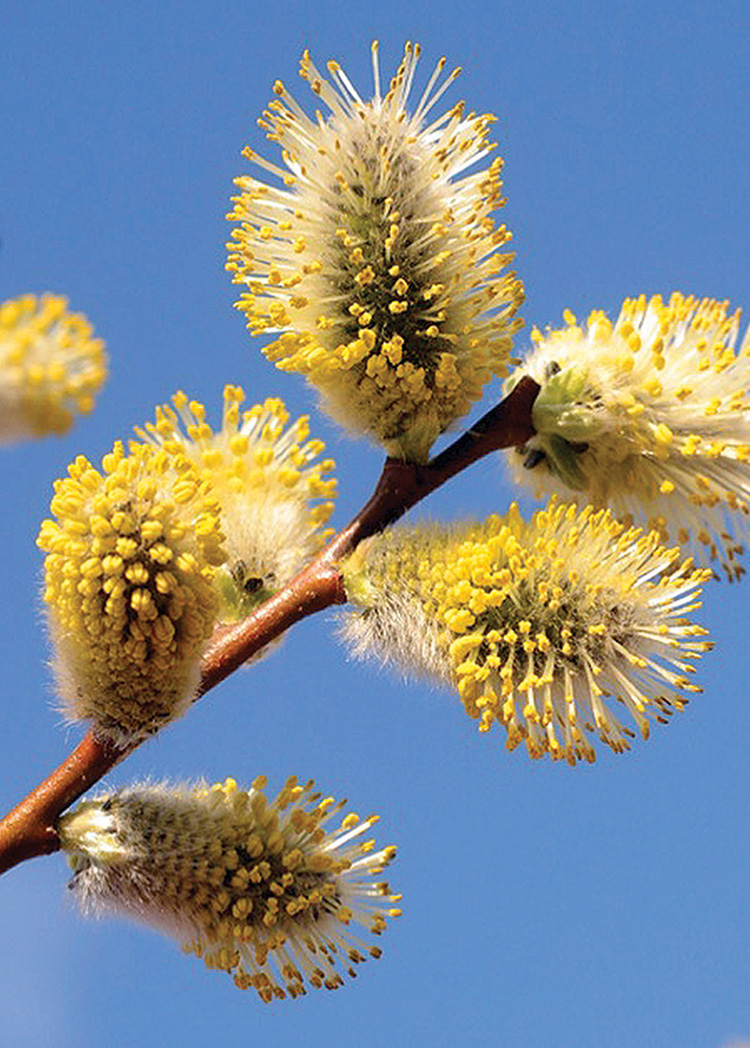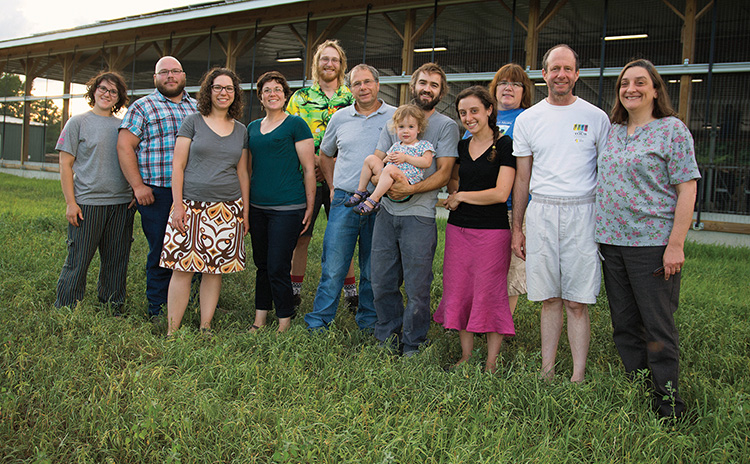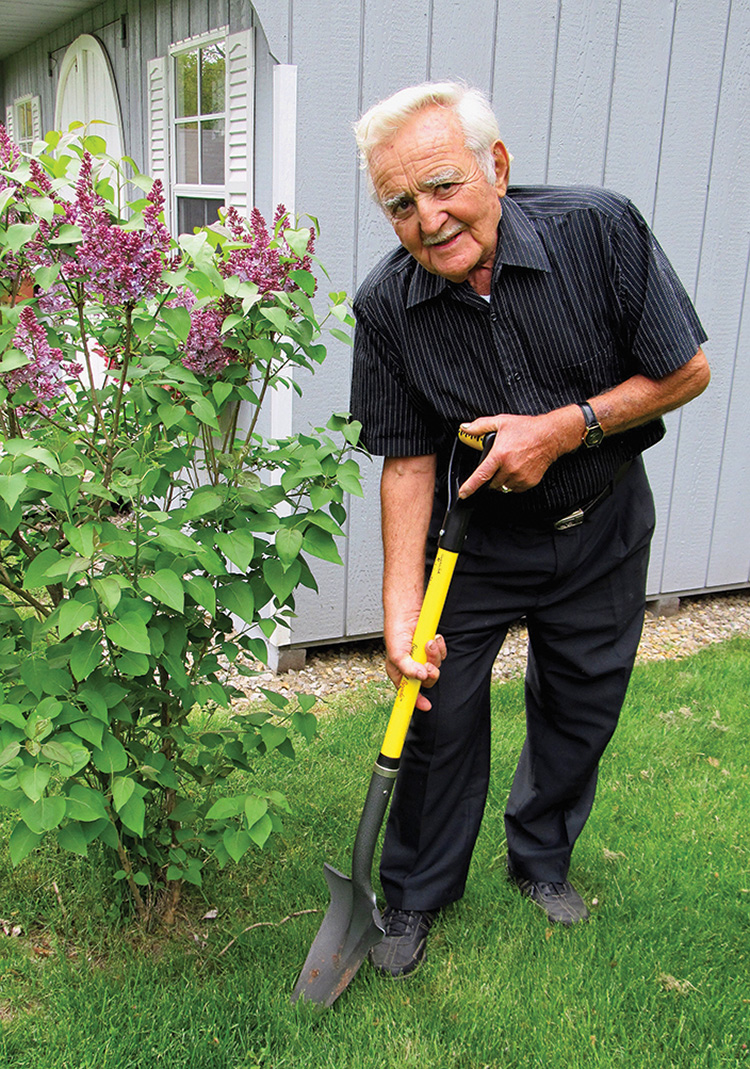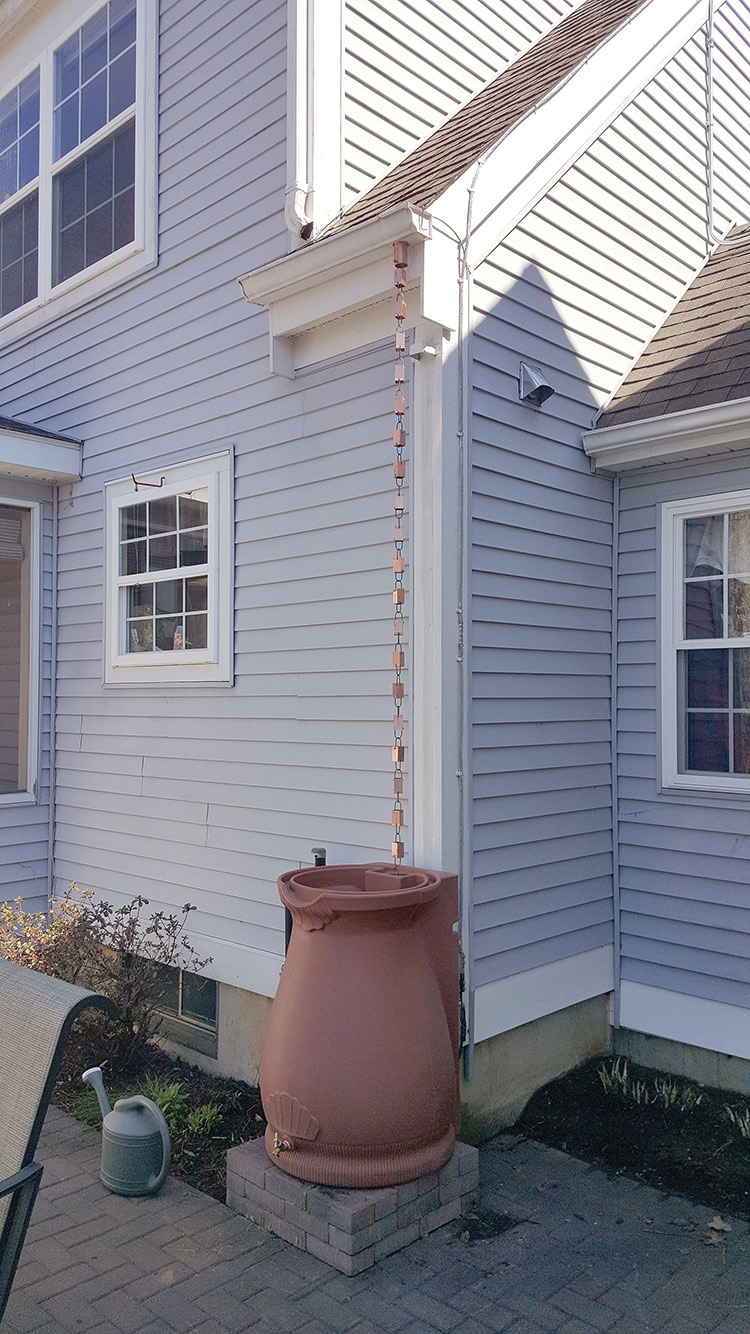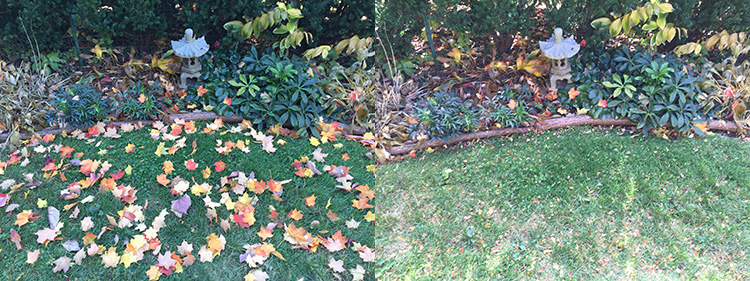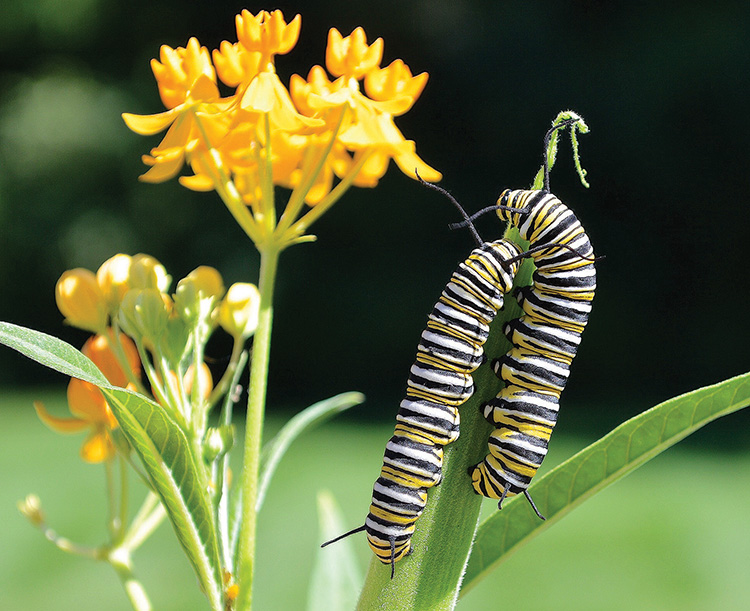JULY-AUG 2018 – Mark Brand, a professor of horticulture at UConn, recently introduced two new varieties of black chokeberry: Low Scape® Mound (UC165) and Low Scape® Hedger (UC166). Black chokeberry (Aronia melanocarpa) is native to the Eastern U.S. so we can use the term nativar instead of the more generic cultivar. Nativar is a term coined by Dr. Allan Armitage to indicate cultivars and hybrids derived from native plants. There’s a growing interest in using native plants and an increasing demand for improved varieties that perform well in our landscapes. The development process, which used traditional hybridizing techniques, took about 10 years. Both of these varieties flower on old wood…
-
-
The Branch Manager
By Anne Rowlands MARCH-APRIL 2018 – Meet Christopher Hawver who – in the late ’90s after 18 years as a celebrated chef – chose to make a career change and pursue life as a rustic furniture maker. Why the switch? Like so many of us who find inspiration and comfort in a natural setting, Hawver was looking for a way into the woods. In his youth, he wondered how to make it possible. Could he be a forest ranger? A fishing or hunting guide? At age 15, however, the door to the woods swung shut when he began a culinary journey that lasted many years until – after taking up…
-
In Search of Native Hops
SEPT-OCT 2017 – Prior to prohibition, common hops, Humulus lupulus, were grown in Connecticut by folks brewing their own beer. Some of these may have survived in the wild, but may be confused with the invasive Japanese hop, Humulus japonicus. If common hops were found growing locally, they could possibly be more resistant to diseases (e.g., downy mildew) than cultivated varieties. Target breeding this disease resistance into a domesticated variety could reduce pesticide use for locally grown hops. The species are easy to distinguish as common hop leaves are three-lobed or non-lobed while Japanese hops have 5-7 (sometimes 9) lobes. If you find any common hops, please provide Dr. Jim…
-
The Wild & Diverse World of Willows
By Dr. Julia Kuzovkina SEPT-OCT 2017 – Belonging to the family Salicaceae, the genus Salix comprises about 450 species. It is distributed worldwide but occurs mostly in the Northern Hemisphere. Willows occur in several forms: large and small trees, shrubs, and groundcovers that are only a few centimeters tall. Their habits vary from upright, to pendulous, to spreading. Willows are tolerant of a wide range of climates. Predominantly occurring in temperate and arctic zones, they’re also found in the subtropics and tropics. Willows are the only woody species in some alpine zones known as zones of dwarf willows. They also play an important role in the vegetative cover of tundra…
-
In Search of Native Hops
SEPT-OCT 2017 – Prior to prohibition, common hops, Humulus lupulus, were grown in Connecticut by folks brewing their own beer. Some of these may have survived in the wild, but may be confused with the invasive Japanese hop, Humulus japonicus. If common hops were found growing locally, they could possibly be more resistant to diseases (e.g., downy mildew) than cultivated varieties. Target breeding this disease resistance into a domesticated variety could reduce pesticide use for locally grown hops. The species are easy to distinguish as common hop leaves are three-lobed or non-lobed while Japanese hops have 5-7 (sometimes 9) lobes. If you find any common hops, please provide Dr. Jim…
-
Cow Pots – The Pots You Plant
By Will Rowlands JULY-AUG 2017 – There are ideas and then there are ideas. Pet rocks, shoe umbrellas, Tamagotchi, etc., are interesting, if somewhat silly, examples. The Freund family, dairy farmers in East Canaan, came up with one that’s not only functional but benefits the environment in several ways. About 20 years ago, they were looking for a better way to manage the manure generated by their herd of some 250 cows and Matt Freund had an idea. Why not make pots from cow manure? Matthew and Ben Freund, second-generation dairy farmers, were there and took up the challenge. Actually, according to The New York Times, the genesis of the…
-
Spear Head Spade – Made in Connecticut
By Will Rowlands MAY-JUNE 2017 – The Spear Head Spade® was designed by Daniel Mathieu when he was 85. With two artificial knees and two artifical hips, he was finding it increasingly difficult to dig and cultivate his garden. Fortunately, Mathieu is an inventor and designed a garden shovel that does a better job of penetrating tough New England soils. He began with a regular shovel and, by gradually removing bits and pieces of the shovel head, engineered a shovel that uses angles and edges to cut through obstacles and penetrate difficult soils with less effort. As it turned out, many of his friends immediately appreciated the benefits of the…
-
Water Management Around the Home
By Michael Dietz, Ph.D. SEPT-OCT 2016 – As a result of the Clean Water Act passed in the early 1970s, the quality of the surface waters in our state has improved greatly. However, there is still room for improvement, and the culprit is stormwater runoff from impervious surfaces such as roads, parking lots, and buildings. Fortunately there are things that we can all do to help. This article summarizes some steps that you can take to reduce the impact of stormwater runoff from your property. The main goal of these practices is to prevent stormwater runoff generated on your property from leaving your site. The main sources of runoff on…
-
The Lowdown on Leaves
By Will Rowlands SEPT/OCT. 2015 – Fall is here and, once again, homeowners all over the Nutmeg State will be raking and bagging leaves. While raking leaves in the fall is a New England tradition for many of us, what we actually do with our leaves bears rethinking. I have fond memories of raking leaves with my grandfather in Greens Farms. After we gathered them up, we piled them into a wire mesh container and burned them. I loved watching the sparks flitter around against the night sky. We don’t burn leaves anymore, or make visits to the town landfill with yard waste. So, what are our options? BaggingWell, you…
-
Is Tropical Milkweed Harmful to Migrating Monarch Butterflies?
By Diane St. John [Editor’s Note: At the Connecticut Flower & Garden Show in February 2015 this became a contentious topic. We asked Diane St. John of Natureworks for clarification.] MAY-JUNE 2015 – In Connecticut, we have several perennial, native milkweed species that are the larval food source for monarch butterfly caterpillars. They include the widely available Asclepias syriaca (Common Milkweed), Asclepias tuberosa(Butterfly Weed) and Asclepias incarnata (Swamp Milkweed). Asclepias curassavica (Tropical Milkweed) is an annual milkweed. It grows quickly in containers and dies when the cold weather comes. The monarch nectars at its flowers and lays eggs on its leaves, just like the perennial milkweeds. There has been a…
